Bike: Specialized Stumpjumper Evo Pro Carbon
Size: S3
Upgrades: nothing too crazy. Bar and stem, a Bike Yoke dropper, Maxxis Aggressor rear tire, and a lighter coil spring.
Rider: 5’11” ish, 165ish, with gangly arms and legs
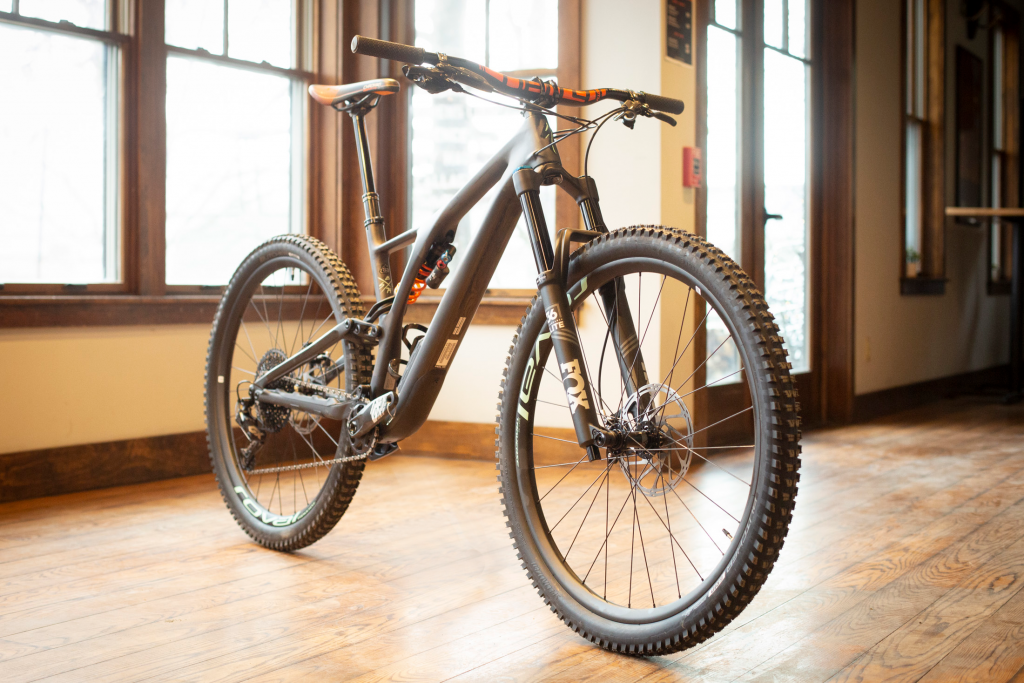
First off, I’m sure you’re asking yourself, “why are these jerks making me read a review of a bike that’s been on the market for almost three seasons?” Two reasons: one, because it’s a rad bike and has lurked in the shadows of other “sexier” bikes that have stolen the marketing spotlight; and two, in terms of bang for the buck, this bike is pretty tough to beat as an all-’rounder. It’s also still somewhat readily available in this Covid-bike-starved world. So with out of the way, let’s dig in.
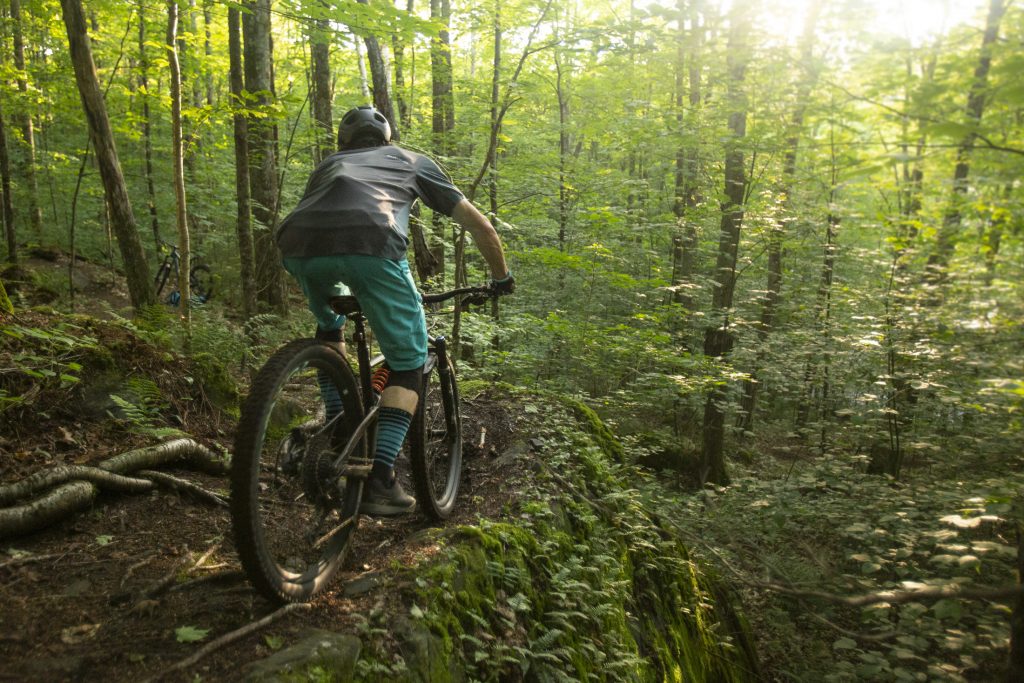
Full disclosure, I didn’t want to like this bike. Like a lot of us, I get sick of the keyboard warriors with their internet pitchforks and torches, screaming “Longer! Lower! Slacker!” So for just this reason I saw the Evo as Specialized pandering to this crowd, rather than prioritizing function and fun. Last season, I rode a standard (albeit pretty custom) non-Evo Stumpy 29 which I freaking loved. The “regular” Stumpy is a pretty conservative bike on paper, but hot damn it’s one of my all time favorite bikes.
It’s achilles, however, at least in comparison to other all-mountain (is that still a thing?) bikes in this travel category, was on bigger, rowdier terrain. The short wheelbase and fairly steep headtube angle could lead to the Stumpy getting a little overwhelmed when the going got truly rough.
So I begrudgingly set my sights on the Stumpy Evo in hopes of striking a balance between the playfulness I loved on the standard Stumpy, and the descending prowess I sought from it’s derelict younger sibling. As it turns out, the Stumpy Evo is pretty much magic. This bike behaves nothing like I expected, yet does everything I want it to do far better than I think it should.
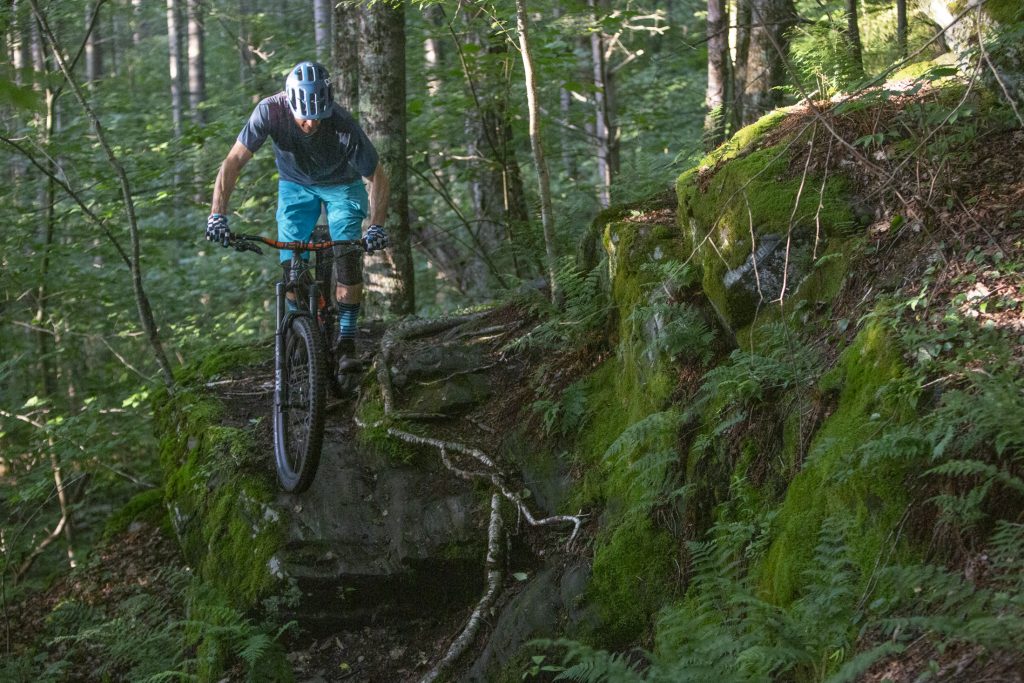
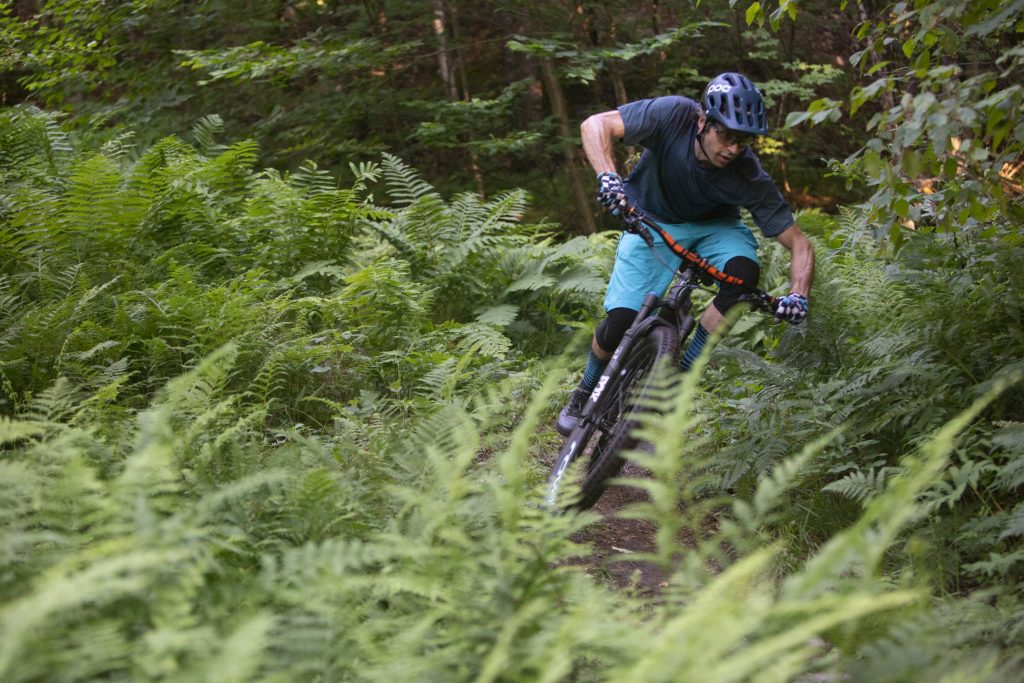
I think the confluence of aggressive geo, the Stumpy’s conservatie pedigree, and the categorical ambiguity (short travel freeride? Long travel trail?) pushed the Evo into the shadows and made it a little too easy to write it off: “Too many pedal strikes.” “It’s too slack for the tight singletrack in the northeast.” “It’s too low for technical trail riding.” Wrong, wrong, and wrong.
There a couple of very practical reasons that will be utterly unsurprising to most informed mountain biker nerds: it descends insanely well because it’s slack as hell; it pedals uphill with an efficiency that’s almost difficult to comprehend because the seat tube is steep and the wheelbase is long. And its low slung bottom bracket yields a bike that loves to carve and corner. Capiche?
Greater than the sum of its parts is a cliche that comes to mind. These traits do, however, result in the need to adjust your riding style a bit. My first few rides aboard this bike I couldn’t get out of my own way. The slack headtube angle was not as troublesome on the ascent as I anticipated, but the long rear end threw me off. My ability to navigate tight uphill switchbacks all but disappeared until I adjusted to the additional length.
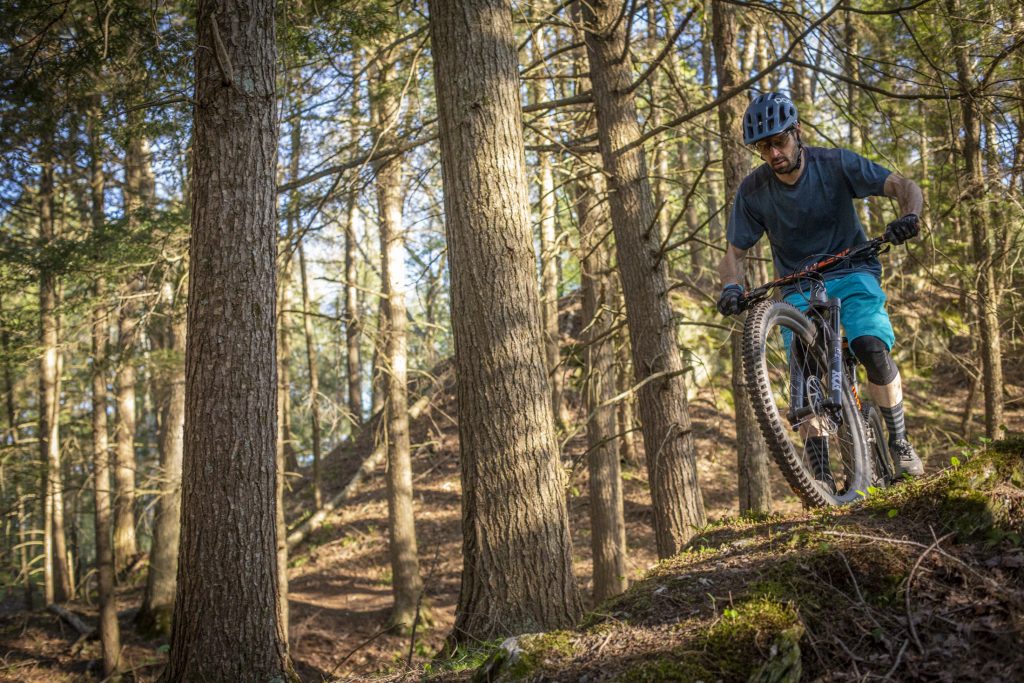
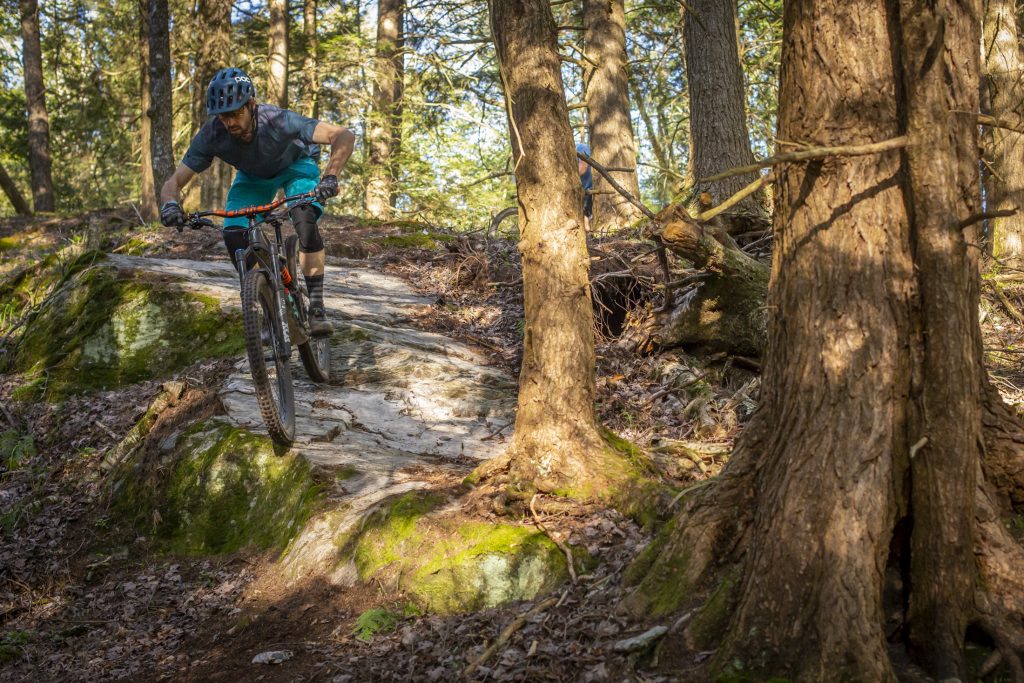
After a few shakedown rides, I made a few key tweaks that brought the Evo’s magic to bear. After my first ride, I swapped out the stock 550 lb coil for a 500 lb Fox SLS spring; there’s plenty of anecdotal evidence to support this bike working better with an air shock (more on that later) and that its kinematics are too linear to work well with a coil. That may be the case but the small bump compliance and traction with a coil shock are just too good to pass up. So for this guy, I stuck with the stock Fox DHX2 coil.
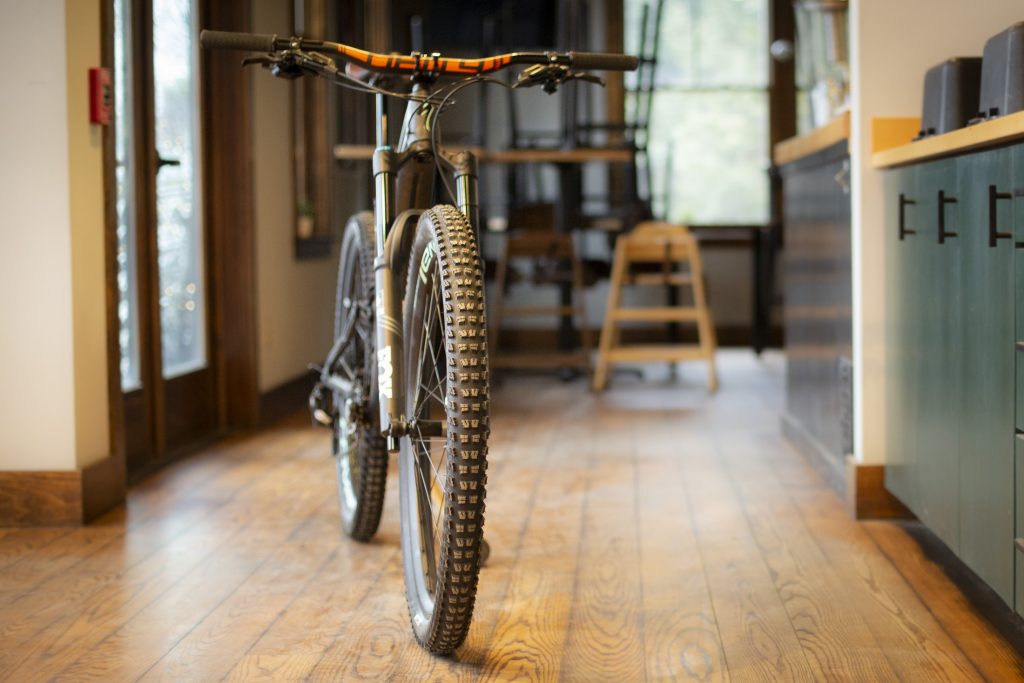
Second, and more importantly, I bumped travel on the Fox 36 Performance Elite from 150 mm to 160. This is a cheap and easy upgrade, and makes all the difference in the world. The slight increase in BB height was immediately noticeable, whereas the further slackening of the headtube angle was not. Why? Damned if I know. But it made the bike much more pedalable with no sacrifice in steering. Like I said, magic.
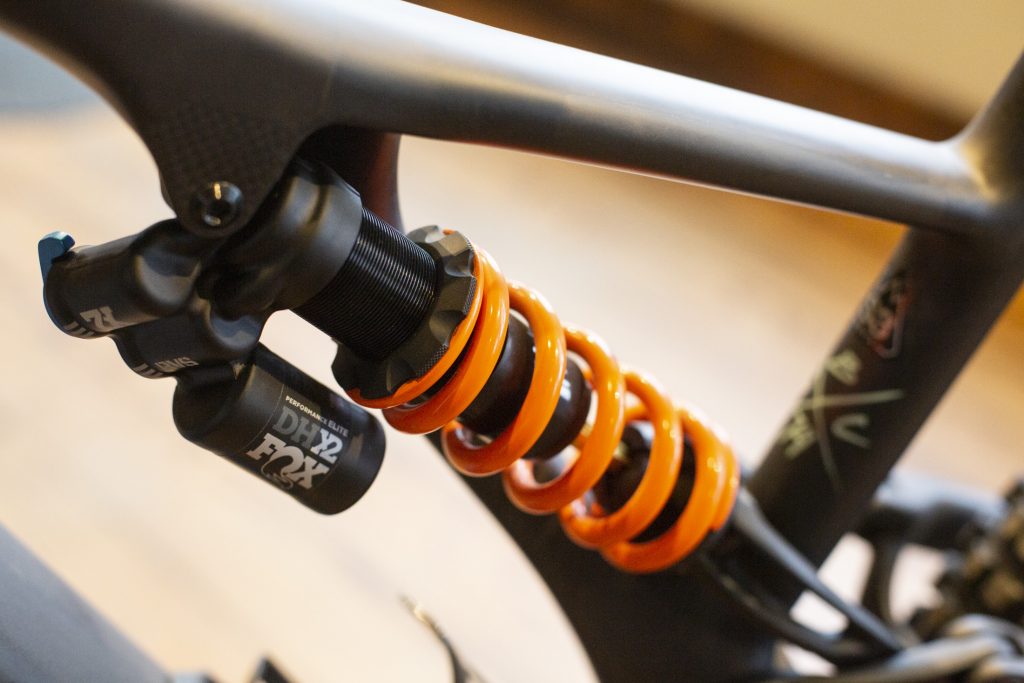
I did try this bike with a Fox Performance DPX2 air shock. Admittedly, that shock in comparison to the stock DHX2 leaves a bit to be desired in terms of tunability / adjustability, but for the sake of comparison I wanted to test the progressive nature of an air shock against the linear coil shock. While the air shock might pedal a little better and allow the Evo to ride slightly higher in its travel, I still felt that the increased climbability was not worth the sacrifice in traction and small bump sensitivity. Could this be remedied with a more advanced shock? My guess is that with a Fox Factory DPX2 or a Rock Shox Super Deluxe, the answer would be yes.
So who’s this bike for? Interestingly, I think this bike was mis-marketed and can be ridden by a far broader swath of people than one would expect. The extreme geo can be off putting for riders just looking for a trail bike. But the extreme geo is also what makes this bike easy to pedal uphill, and confidence inspiring on the descents. It surely rewards a more skilled rider and takes a bit more finesse when pedaling through technical sections. But are a few extra pedal strikes worth it for the increased handling? For the love all things holy of course they are!
The pricepoint of the Comp Alloy version of this bike is pretty awesome — for $3600 you get a bike with solid components (Sram Code stoppers!) that’s fully bike-parkable, and also fully capable of longer rides. Hell yes. But the fancy-pants version I’m on here is also a helluva deal: carbon hoops, Code RSC brakes, SWAT fiddly bits all over the place, and a lifetime warranty against manufacturer defects on both frame and wheels for about $6k.
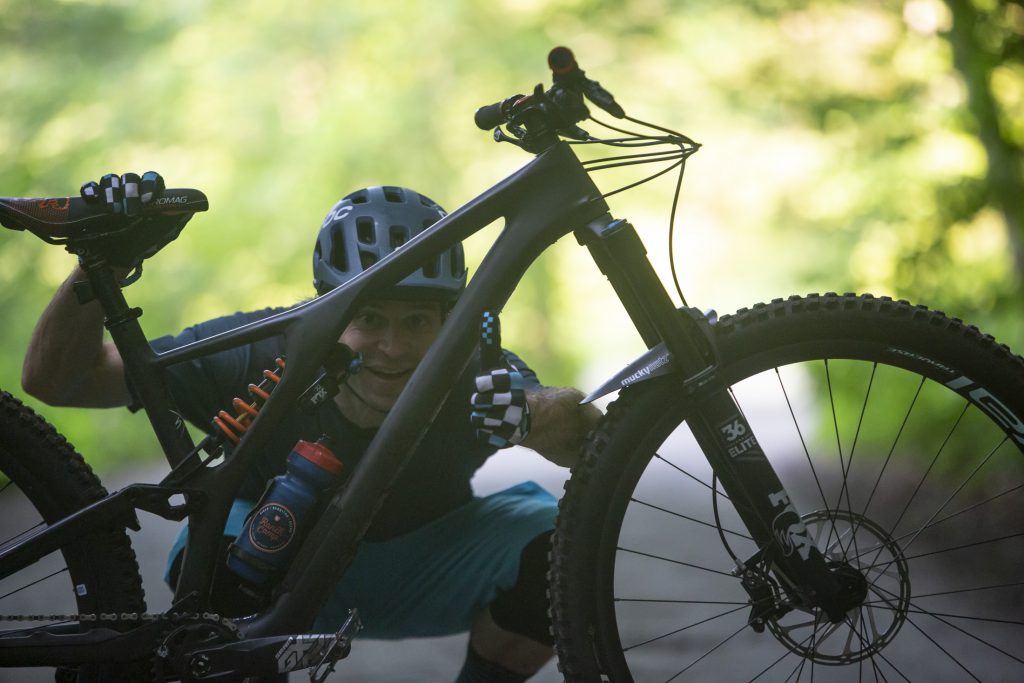
Given that 2020 is the third season of this iteration of the Stumpy, it’s likely we’ll see a reboot soon. While Kool-aid drinkers and Specialized fanbois like myself postulate on the changes to come, I do hope that Specialized toes the line on this one and doesn’t stray too far from this formula. Admittedly a slightly higher BB, a slightly steeper HTA, and a slightly shorter wheelbase might broaden the capabilities of this wunder-bike even further but for now, you should take the numbers, throw them out the window, and enjoy this miracle of modern engineering while it lasts…

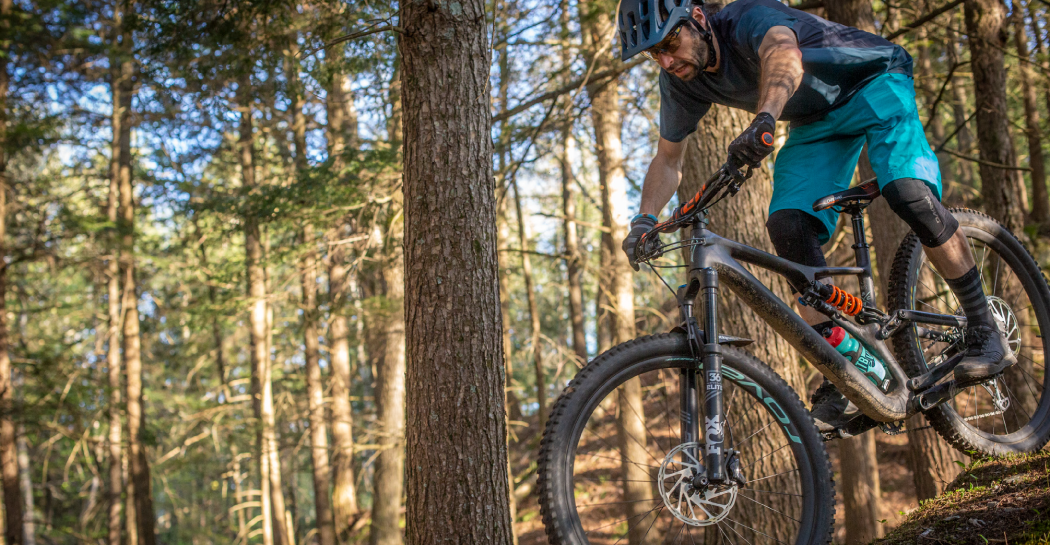



Thanks for the review – I’m going to be getting the Evo Pro and bumping the fork up to 160. Pretty sure I’m your exact same size and was wondering what you run your suspension settings at, just so I have somewhere to start.
Hey Noah! I’m still playing around with volume spacers and going back and forth between less air / more compression and vice versa. I’ll throw a shock pump on there and get you some numbers asap. Stay tuned! -Evan
How do you guys like it as a trail bike now that you have had a season on the EVO?